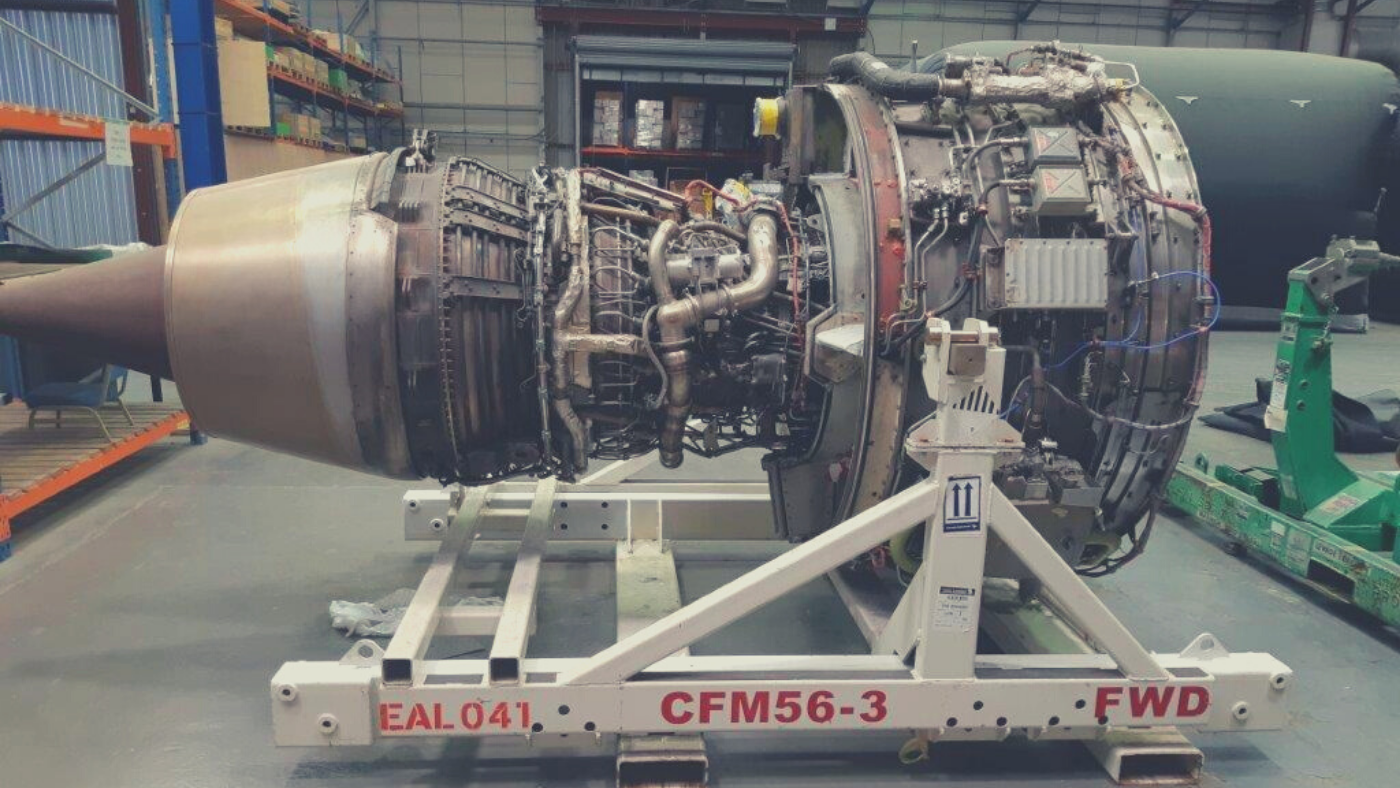When you procure or repair your aircraft engine, don't neglect your transport strategy.
During transport, many people are involved in the safe delivery of your assets.
You have the company you bought/repaired the engine from, intrastate trucking, warehousing, airport operations, export compliance, customs, air freight, import inspections, and final destination transport.
Things can get messy and complicated, fast.
A critical step to your engine acquisition process is logistics, with the mission of getting your asset delivered safely, with minimal delay and at a fair cost.
Here are a few ways you can achieve that:
How To Safely Transport Your Aircraft Engine
When preparing your transport strategy, these are critical things you must review and discuss with your internal team and the key people who are involved with your aircraft engine transport.
Secure your engine on a quality engine stand.
Don't settle for a rusty, dated piece of junk. You've spent a significant amount of money on your asset, which has a massive impact on your operation.
Invest in a quality engine stand. It may be included with the engine's purchase or loaned to you for a short period.
Wrap your engine.
We had a client who bought an engine for their B747. Their freight company didn't tarp or protect the engine during ground transport, and debris damaged the engine.
The result of the damage was a million-dollar mistake. Luckily, they had insurance, but the result was a significant problem for their operation.
Tell your engine partner to wrap your aircraft engine.
Flimsy transport tarps aren't worth this risk. Once your engine is on the truck, the tarp will flap in the wind. The driver might be tempted to remove it, leaving your asset open to the elements.
Invest in protecting your asset.
Strap your asset correctly to the engine stand.
When the shipper randomly straps your engine to the engine stand, it may tighten areas that eliminate the shock absorption capabilities of the engine stand.
The engine must be secured on the engine stand in the designated areas only.
Invest in a trusted aircraft engine partner who ensures these requirements are met.
Transport your engine on an air ride trailer only.
Once your engine is ready for transport, it'll likely need ground transport at some point.
Whether it's a short or long haul, your aircraft engine must be transported on an air ride trailer.
If it's not, your engine's calibration can easily be compromised. It's not worth the risk.
Invest in the right transport methods to protect the integrity of your asset.
Work with a trusted engine logistics partner.
This person can be your preferred freight forwarder, the engine repair facility, or the engine from which you purchased it.
You can't do everything yourself, so be sure you're working with trusted partners whose top priority is to ensure your asset is delivered safely.
We often handle the logistics when our clients procure a Skylink Engine. It's complicated, messy, and we've built freight partnerships we trust. This is important.
These small steps are critical to the success of your aircraft engine transport.
Ship smart, ship safe, and ship with a trusted aircraft engine partner.
Need An Aircraft Engine?
We support regional, commercial, and military aircraft fleets, with their engine requirements. See why they continue to choose us to support their engine needs.Review Our Aircraft Engine Availability [Click Here]



